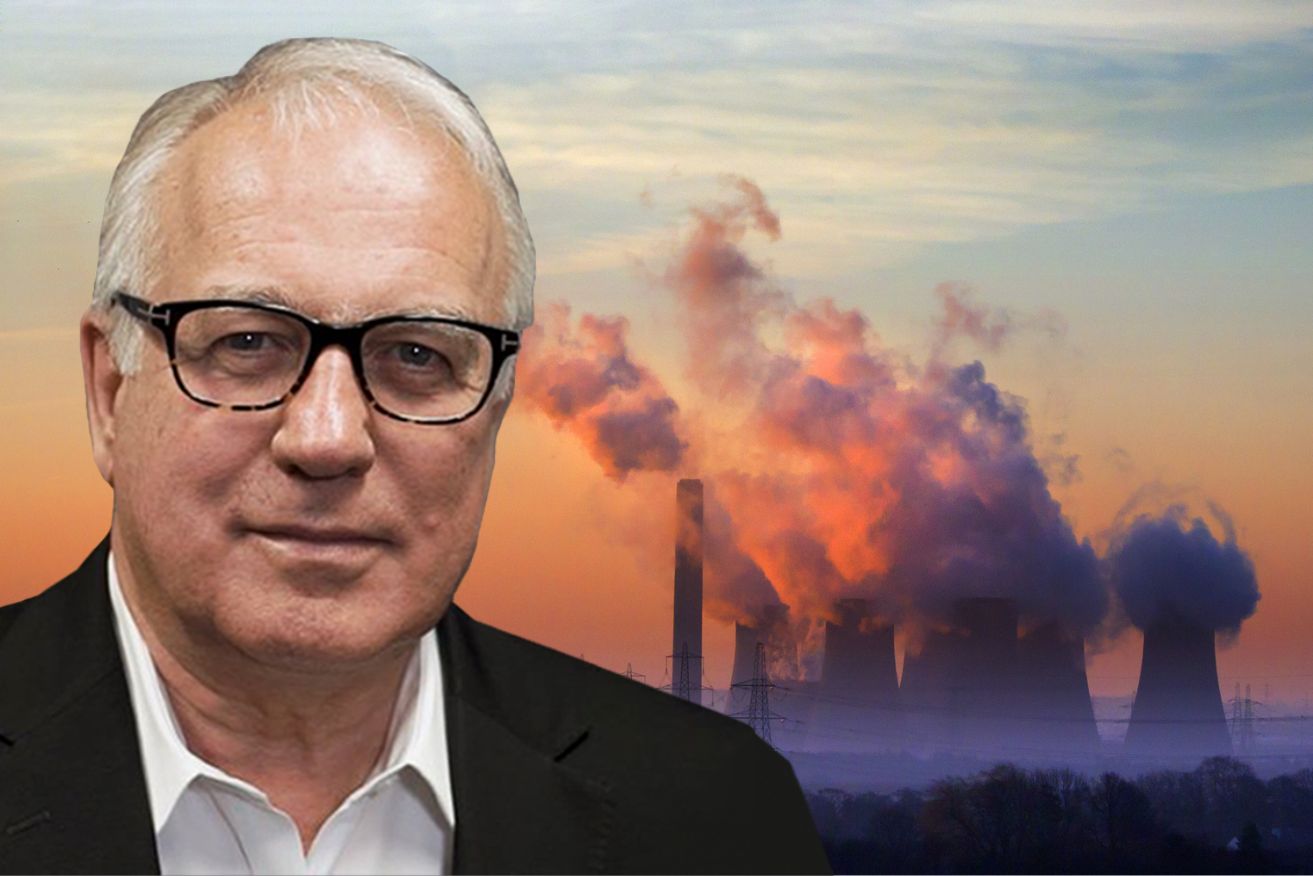Alan Kohler: Dire labour shortage warrants moratorium on fossil fuel export projects


The obvious thing is for the government to knock back the fossil fuel projects, writes Alan Kohler. Photo: TND/Getty
When there’s full employment, as there is now, projects that are approved to create jobs can’t do that – they divert labour from somewhere else.
This means, among other things, that the whole reason for politicians to approve coal mines and gas projects has evaporated.
Not only do the fugitive emissions from those projects make it harder and more expensive for other emitters to meet Australia’s legislated emissions reduction target, and the emissions released when the coal and gas is burnt at the other end by the countries that import the stuff make it harder for the planet to remain liveable, but they also drain labour away from where it’s needed, which is housing and transport infrastructure.
Last week, the body asked to find solutions to the workforce challenges facing the construction industry, BuildSkills Australia, said 90,000 more workers were needed in the building industry if the government is to meet its target of 1.2 million new homes in five years.
That target requires 60,000 dwellings to be built per quarter, starting in July. In the most recent quarter for which there’s data, September 2023, there were 37,971 dwellings started, so they’ll probably be finished after July this year, and there were 39,970 approvals in the same quarter, most of which, but not all, will be finished in the quarter after that.
The value of residential building work done is about $20 billion per quarter, so $500,000 per home, on average.
In other words, housing construction is running 20,000 dwelling units, or 33 per cent, per quarter less than what’s needed, which is a shortfall of $800 million per quarter.
At this rate, there will be about 750,000 homes built in five years, 450,000 less than proposed in last year’s blaze of housing affordability rhetoric.
On top of this, the Australian government has a $120 billion infrastructure investment pipeline for road and rail projects for public use.
Recently, Infrastructure Minister Catherine King announced that 50 projects worth $7 billion would have to be postponed due to cost blowouts and shortages of workers and equipment that have “led to a clogged infrastructure pipeline that does not reflect current market capacity”.
Meanwhile, the Department of Industry, Science and Resources’ (DISR) Resources and energy major projects: 2023 Report lists 86 major resource and energy projects as ‘committed’, at a total construction cost of $77.4 billion.
Analysis of the report by The Australia Institute shows that at least $41 billion of this – 53 per cent – is for fossil fuel projects.
In fact, there is an absolute boom in export resources projects: The value of “committed” projects has more than doubled in four years, and a staggering 72 per cent are in Western Australia.
DISR research estimates that the current pipeline of committed resource projects will require at least 21,000 construction jobs which, according to The Australia Institute, represents 18 per cent of Australia’s current heavy and civil engineering construction workforce.
And on top of all this, the government is desperately trying to accelerate the construction of renewable energy projects to meet its 82 per cent target.
The expanded Capacity Investment Scheme is trying to get private investment for the construction of an extra 32 gigawatts of renewable electricity generation and/or storage.
That would mean an extra $58 billion in construction investment, on top of the $41 billion for committed fossil fuel projects, $12 billion for critical minerals and $24 billion for other resources projects.
So at the same time as finding the workers to build that $135 billion in renewable energy and resources projects, the government must also find the people to build another $800 million worth of new homes per quarter, or $16 billion over five years.
It is all, needless to say, a crazy fantasy, brought on by the desire to announce everything and please everybody, all the time.
Australia simply cannot build the solar, wind and storage projects required to be net zero by 2050, and build the houses needed to provide all its citizens with a home, and build 86 major resources and energy export projects. Not possible.
The obvious thing to do is for the government to knock back the fossil fuel projects, using the environmental approvals process or the export licensing regime.
It needs to do this because hoping they don’t go ahead because of the labour shortage, freeing up labour for housing and infrastructure like the transport infrastructure projects that aren’t going ahead, will be futile – the developers like Woodside and Chevron will be able to outbid all other employers for workers because their potential profits from exporting gas in particular are so much greater than renewable energy and housing construction.
Unless a moratorium is declared on fossil fuel export projects, not much else will get done and the government’s targets for both renewable energy and housing construction will fall disastrously short.
Alan Kohler writes twice a week for The New Daily. He is finance presenter on the ABC News and also writes for Intelligent Investor








